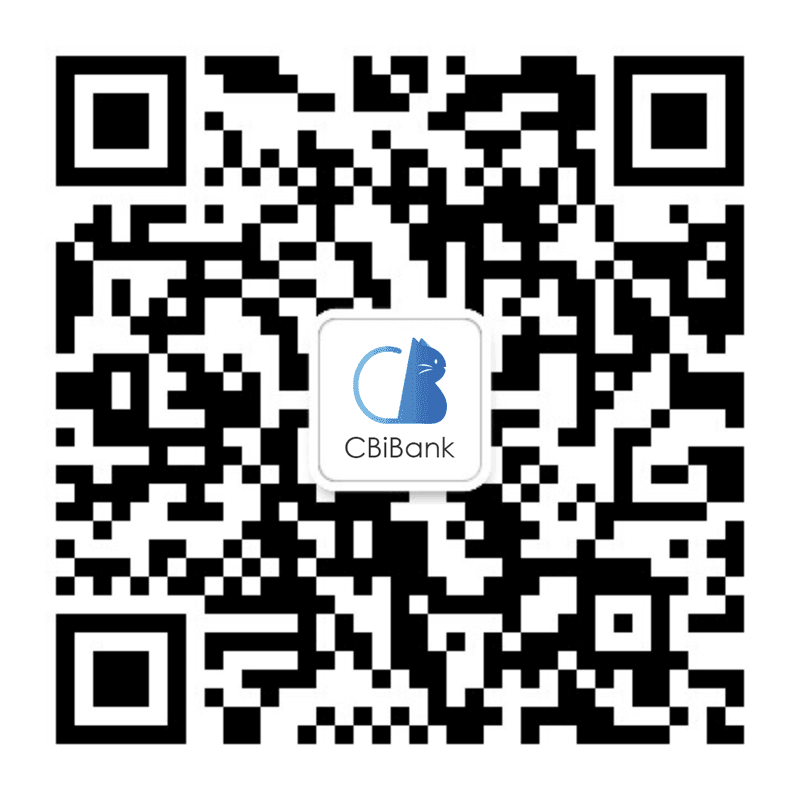What Does the Foreign Trade Settlement Process Look Like for Exporters?
If you’ve ever sold products overseas, you already know the awkward truth: shipping goods is only half the job — the real challenge is getting the money home. That’s where the foreign trade settlement process comes in. It’s the official procedure that turns your overseas receivables into usable funds in your local account. With institutions like CBiBank, exporters can handle this smoothly while staying compliant.
1. What does the foreign trade settlement process involve?
The foreign trade settlement process is about more than just exchanging currencies. It’s the step-by-step framework that ensures your payments from abroad are cleared, documented, and legally transferred into your company account.
🌍 For exporters, this includes collecting trade documents, confirming payment receipts, submitting them to the bank, and completing settlement into the chosen currency.
2. How do trade documents play a role?
Trade settlement is document-driven. Banks require invoices, contracts, customs declarations, and shipping papers to validate the payment.
⚠️ Missing or mismatched paperwork is the top reason settlements get delayed. CBiBank helps companies streamline this by assigning client managers to check documents before submission.
3. Why does timing matter in settlement?
In foreign trade, delays in settlement can break the supply chain. Cash flow is often needed for supplier payments, salaries, and logistics.
📈 Companies that align their settlement timing with their expense cycles keep operations stable. By opening a remote corporate account with CBiBank, exporters cut down waiting time and avoid bottlenecks.
4. How is risk control integrated into the process?
Banks monitor every transaction for compliance and fraud prevention.
🔑 For exporters, this means double-checking payment sources and ensuring they match trade records. A structured settlement channel like CBiBank lowers the risk of funds being frozen due to irregularities.
5. What trends are shaping the foreign trade settlement process?
The landscape is shifting toward digitization and automation:
📊 E-documentation simplifies compliance checks
🌐 Digital onboarding speeds up account opening and settlement approval
🛠️ Automated reconciliation reduces manual errors
👉 Exporters can already access these solutions through banks like CBiBank: Start your application here.
FAQ on the Foreign Trade Settlement Process
Q1: How long does the foreign trade settlement process usually take?
Most settlements can be completed within 1–3 working days once documents are verified. Timelines may vary depending on the bank’s compliance checks and the currencies involved.
Q2: What documents are mandatory for settlement?
Exporters typically need invoices, contracts, shipping bills, and customs declarations. Without them, banks cannot proceed with the settlement.
Q3: Can small and medium enterprises also apply for settlement accounts?
Yes. SMEs are a major user group, especially in cross-border e-commerce and trading. Banks like CBiBank support companies of different sizes with flexible account options.
Q4: Which currencies are commonly supported?
USD, EUR, GBP, RMB, HKD, and JPY are the most common. Depending on the bank, more than 20 global currencies can be included in the settlement process.
Q5: How does settlement connect to export tax rebates?
In many regions, export tax rebates are only available after settlement is completed. This makes timely settlement a key part of financial planning for exporters.
Final Thoughts
The foreign trade settlement process is not just about converting currencies; it’s about ensuring compliance, protecting cash flow, and supporting long-term growth. By preparing documents carefully and working with trusted partners like CBiBank, companies can turn settlement into a predictable step rather than a painful wait.
Related articles

 WeChat of CBiBank
WeChat of CBiBank